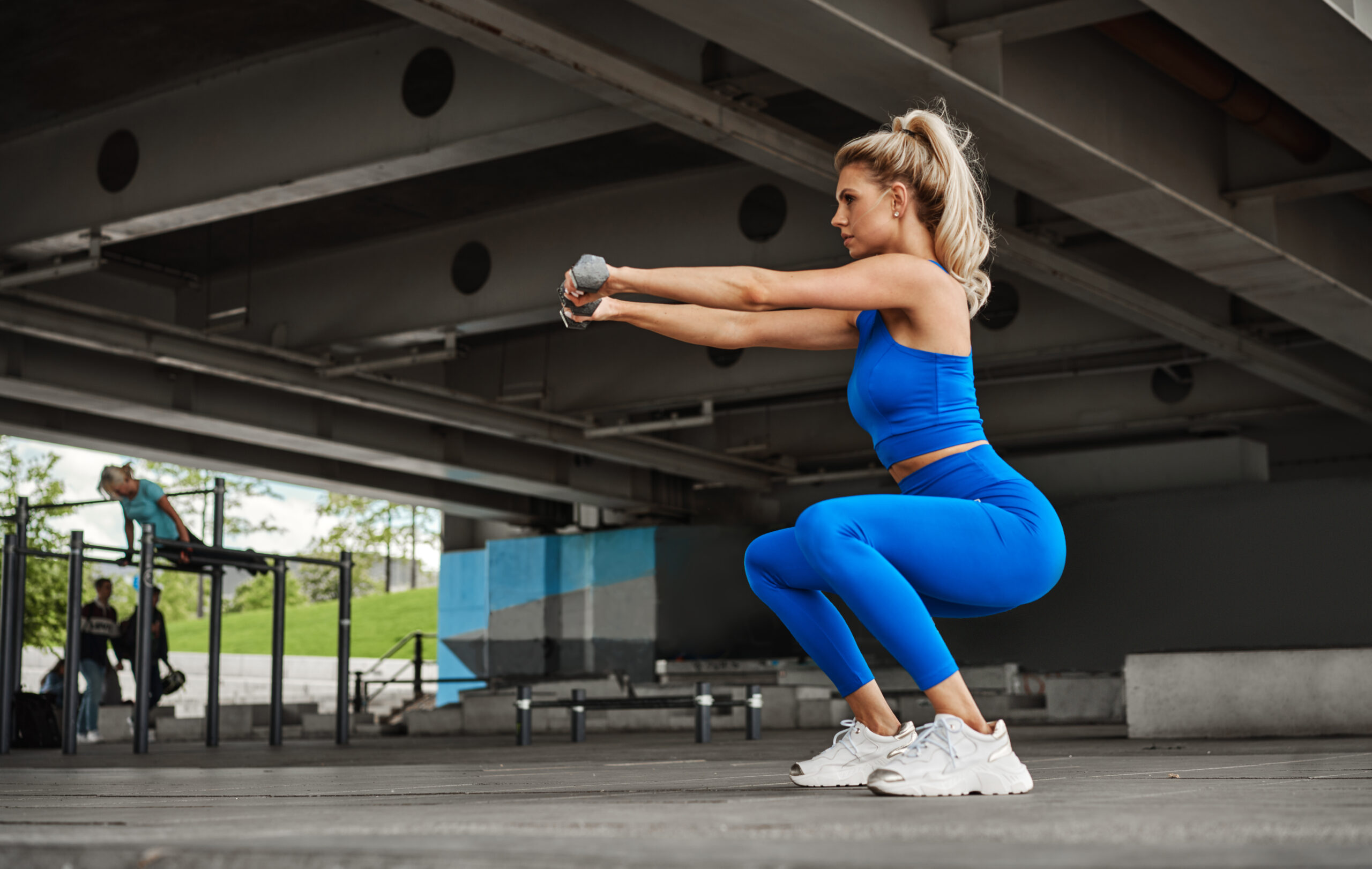Table of Contents

Aging bodies can maintain strength, balance, and mobility well into the golden years, and research shows that squats might be the single most valuable exercise for adults over 40 seeking to preserve their functional independence.
At a Glance
- Squats work multiple muscle groups simultaneously, making them an efficient exercise for overall strength development at any age
- Adults over 40 can expect natural strength declines, but regular squatting can significantly slow this process
- Beginners should master bodyweight squats before progressing to weighted versions
- Proper form is more important than weight or repetitions, especially for those with existing joint concerns
Why Squats Matter As We Age
Squats represent more than just an exercise—they mirror fundamental movements we perform daily. From sitting in chairs to lifting groceries, the squatting motion is integral to maintaining independence. As we age, preserving this basic movement pattern becomes increasingly crucial for preventing falls, maintaining balance, and ensuring continued mobility. Strong leg and core muscles developed through regular squatting directly translate to improved stability and confidence in everyday activities.
The natural aging process typically brings strength declines, particularly after age 40, but consistent resistance training can dramatically slow this progression. Squats specifically target the largest muscle groups in the body, making them particularly valuable for maintaining overall functional strength. Their compound nature means they simultaneously strengthen the quadriceps, hamstrings, glutes, and core—providing comprehensive conditioning in a single movement.
Starting With Proper Form
Before concerning yourself with how much weight you should lift or how many repetitions you should perform, mastering proper squat technique is essential. Stand with feet shoulder-width apart, toes pointing slightly outward. Lower your body by pushing your hips back and bending your knees, keeping your chest up and spine neutral. Proper depth means your thighs should travel at least parallel to the floor, though individual mobility may vary. Maintaining weight in your heels during the movement helps activate the posterior chain muscles.
Beginners should focus on bodyweight squats before adding resistance, ensuring the movement pattern becomes second nature. Once comfortable, incorporating light weights can help progress strength development. For those with knee concerns, partial squats or supported versions using a chair can provide similar benefits with reduced joint stress.
Realistic Strength Expectations
Understanding reasonable strength standards helps establish appropriate goals and prevents injury from overambitious training. According to strength training data, men generally squat more than women due to biological differences in muscle mass and hormones. A systematic approach to progression is key to sustainable improvements, especially for those over 40.
For untrained beginners over 40, men should aim to squat approximately 45 percent of their bodyweight, while women might start around 35 percent. These percentages increase with consistent training, but progress typically comes more gradually for older adults. Rather than focusing exclusively on weight lifted, tracking improvements in repetitions, depth, and overall movement quality often provides more meaningful measures of progress.
Progressive Training Approaches
Individual responses to squat training vary considerably, with some people responding better to higher repetition ranges while others see superior results with heavier weights and fewer repetitions. Variety in training approach can help overcome plateaus and maintain interest. Some trainers recommend incorporating both strength-focused sessions (3-5 repetitions with heavier weights) and endurance-focused sessions (15-20 repetitions with lighter weights) to develop comprehensive lower body conditioning.
Progressive overload remains important regardless of age, but implementation should be more conservative for older adults. Rather than increasing weight weekly, consider adding repetitions first, then gradually increasing resistance once higher repetition targets are consistently achieved. This approach prioritizes joint health while still promoting strength gains. Rest and recovery become increasingly important with age—allowing 48-72 hours between squat sessions gives tissues adequate time to adapt and strengthen.
Beyond The Basic Squat
The traditional barbell back squat represents just one variation among many effective squatting movements. For older adults, alternatives like goblet squats (holding a single weight at chest level) often provide similar benefits with reduced spinal loading. Split squats and lunges incorporate similar movement patterns with greater emphasis on balance and unilateral strength. Chair squats offer a helpful progression tool, using a bench or chair as a depth target while providing confidence for those concerned about stability.
Strong muscles developed through consistent squatting translate directly to improved quality of life through enhanced mobility, better balance, reduced fall risk, and greater independence in daily activities. The investment in learning and practicing this fundamental movement pattern pays dividends through all stages of life, but particularly during the later decades when maintaining functional capacity becomes increasingly precious.
